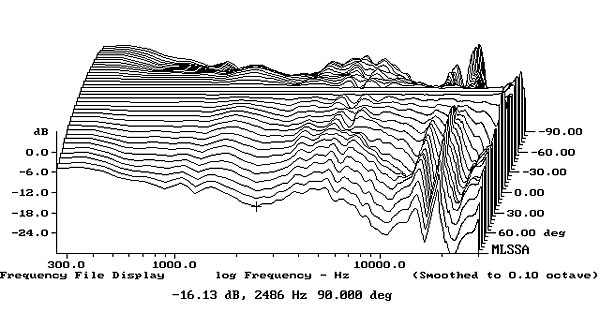Sorry, just trying to make a joke. Guess it didn’t go over. It does seem like there are two cultures. I see very little discussion of musical instruments, timber, space, etc here. Just not your interest i think. You all talk about frequency response and waveguides and I think you believe those are more accurate and scientific ways of talking as opposed to my way, which you see as soft, aimless, fuzzy subjectivism. I think we understand each other, and just have different interests. We all aren’t listening to speakers for the same reasons.
Also, I wasn’t trying to insult the Genelecs; even I understand they are excellent in many ways. I was just trying to say that for the music I like, I don’t like these speakers because I find them bright and hard, and I couldn’t fix it with glm and judicious eq.
You must admit that most of you all have about the same opinion of bbc monitors or quads that I have about genelecs, only in reverse. Hence the comment about the blanket. I don’t mind such barbs. In retort, I’d just say that I agree that it might be useful to try the blanket.

